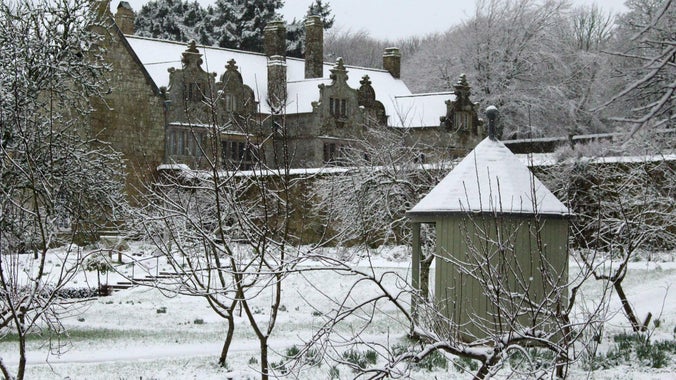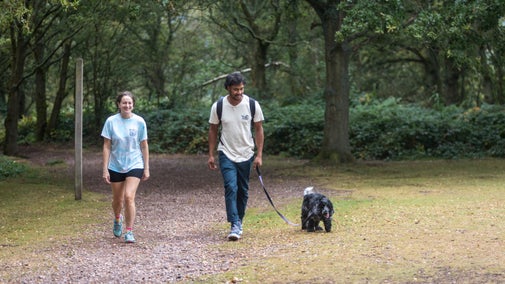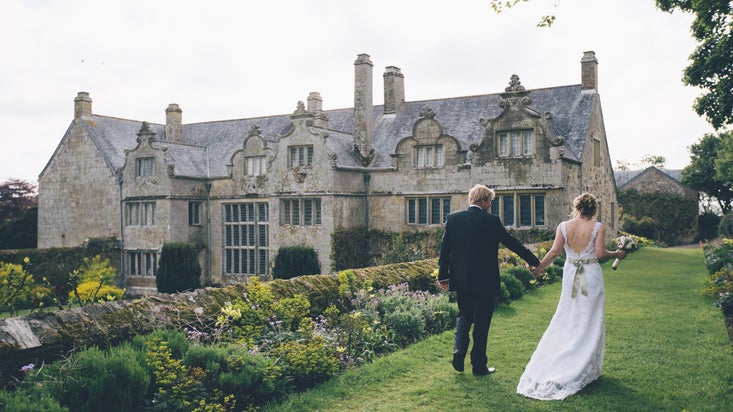
Become a member
Join today and help protect nature, beauty and history – for everyone, for ever. Enjoy access to more than 500 places with National Trust membership.
Elizabethan manor house with fine interiors and delightful garden
Kestle Mill, near Newquay, Cornwall, TR8 4PG

This Christmas at Trerice, enjoy festive stories told by Father Christmas, view the ground floor of the house and barn dressed in traditional decorations and enjoy festive performances from a variety of choirs.

Take a look at our upcoming events this season at Trerice.

Find out everything you need to know about bringing your dog to Trerice.

Take a look at the map of Trerice to help plan your visit.
If you're planning a trip in England, Wales or Northern Ireland this year, buy a National Trust Explorer Pass for entry to most of the places in our care. With 4-, 8- and 14-day options available, the pass can be tailored to fit your trip. Discover where you can visit with the Explorer Pass and how to buy yours.

Discover how you can spend your special day or event at Trerice with a number of different options available.


Join today and help protect nature, beauty and history – for everyone, for ever. Enjoy access to more than 500 places with National Trust membership.